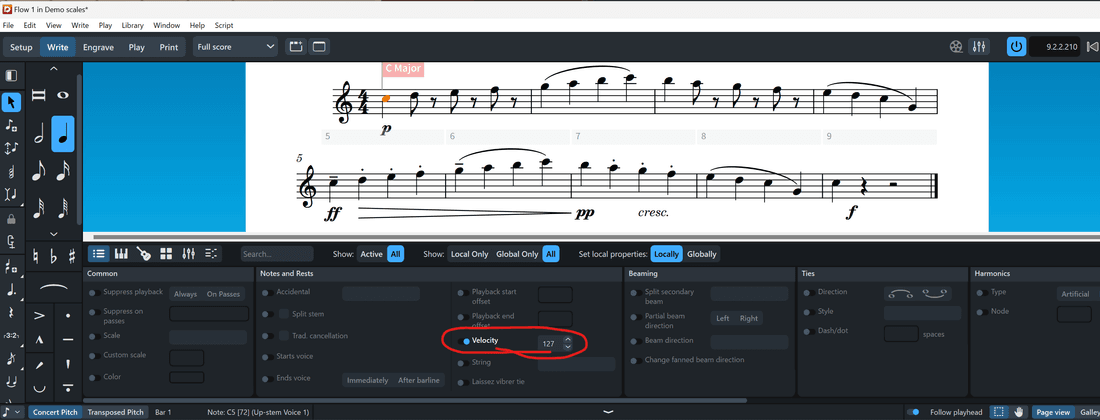@mducharme said:
Yeah you *can* use MIDI trigger regions to trigger keyswitches manually, but it is generally not necessary and makes it less user friendly (who wants to have to remember keyswitches when you can use a word like "slow octave gliss." instead?). The only reason that example uses the keyswitches to trigger the glissandi is that the default map doesn't give you a way to trigger those, and keyswitches gives you a way to do this without editing the map. But in this case, what I would do is make a duplicate copy of the VSL map with my initials in front, add my custom techniques to that map, and use it instead of the regular VSL one. Then I can actually write "slow octave gliss" instead of having to memorize keyswitches or have a text file open that shows me what keyswitches are there.
My situation is somewhat comparable to Music Paul's, but I wanna make the switch from Cubase Pro to Dorico, using Vienna Synchron instruments. I'm just starting, experiencing a lot of difficulties. As far as now, I get the sound to respond to dynamic marks and articulations, but there are severe differences in playing volume, even with the simplest score. Example Using Duality Strings Violins 1, I write quarter notes in legato (a slur in the score) and then eighth notes alternating with eighth rests. In the Synchron Player, I see the setting move from Perf. legato/normal, to Short nits/Detache. The last ones are incredibly louder than the legato, while when playing such a score every musician would stay in the same volume range, like keep everything in mf instead of going from p to ff (that's how much the difference is. I wonder what the reason could be and, more important, how can i avoid this unwanted effect. Any suggestions?
